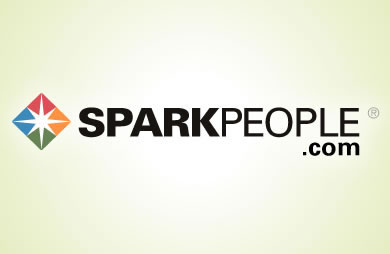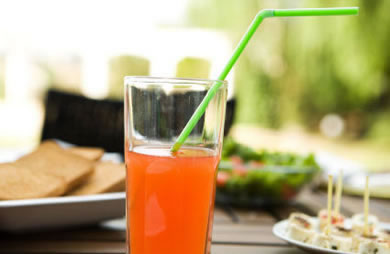|
Minerals work throughout the body to regulate processes and provide structure. Iron while an essential trace mineral, is not widely talked about. Because it can frequently be low and zap your energy, let's take a closer look at this essential nutrient. What is it? Iron is an abundant metal necessary to help carry oxygen to all parts of the body as part of blood cells. It is also essential for cell growth regulation and mediation. Estimates suggest 60-65 percent of the iron in our body is part of hemoglobin. Another 30 percent is stored as ferritin in the liver, spleen, and bone marrow. A small portion of iron is found in transport. The amount of available iron is largely dependent on gender, body size, and blood volume with men having more iron than women do. How much do I need? Requirements per kilogram of body weight are highest during infancy since newborns have low iron stores at birth. They are also high in adolescents because of their rapid rate of growth. Menstruating women have a higher need than those that are non-menstruating and due to expanding blood volume, needs for women are highest during pregnancy. The Recommended Daily Allowance (RDA) for iron in infants is 11 mg/day while adolescent teens require up to 15 mg/day and pregnant women require a whopping 27 mg/day. Adult men and women over the age of 51 are encouraged to consume 8 mg of iron each day. Adult women between the ages of 19-50 should aim for 18 mg of iron each day. According to the Institutes of Medicine, vegetarian men and post-menopausal women need 14 mg daily and pre-menopause vegetarian women should aim for 33 mg each day. Where do I find it? There are two different types of iron. Heme iron comes from animal food sources and is two to three times more absorbable than non-heme iron from plant food sources. Heme sources of iron typically have an absorption rate of 15-35 percent with minimal influence from other foods in the diet. In comparison, non-heme iron sources have a 2-20 percent rate of absorption and are significantly influenced by other foods. This is an important point especially since intestinal absorption is the major control mechanism for iron. Good heme sources of iron include: Beef, lamb, veal – 2.5 mg per 3 ounce serving Beef, chuck, lean – 3.2 mg per 3 ounce serving Beef, lean ground: 10% fat – 3.9 mg per 3 ounce serving Beef liver – 7.5 mg per 3 ounce serving Beef tenderloin, roasted – 3.0 mg per 3 ounce serving Chicken liver – 12.8 mg per 3.5 ounce serving Boiled Shrimp – 2.6 mg per 3 ounce serving Good non-heme sources of iron include: Apricots, dried – 1.7 mg per 10 medium sizes fruits Black beans, boiled – 3.6 mg per 1 cup serving Cereal, ready-to-eat, 100% iron fortified – 18.0 mg per ¾ cup serving Kidney beans, boiled – 5.2 mg per 1 cup serving Lentils, boiled – 6.6 mg per 1 cup serving Lima beans, boiled – 4.5 mg per 1 cup serving Molasses, blackstrap – 3.5 mg per 1 tablespoon serving Navy beans, boiled – 4.5 mg per 1 cup serving Oatmeal, prepared instant fortified – 10 mg per 1 cup serving Pinto beans, boiled – 3.6 mg per 1 cup serving Spinach, fresh cooked – 6.42 mg per 1 cup serving Tofu, raw, firm – 3.4 per ½ cup serving Additional Considerations Iron deficiency can gradually develop when intake and absorption does not meet daily needs by the body. Maximizing non-heme iron absorption is most important when daily intake is less than recommended, intake needs are high (during pregnancy and teen growth spurts), iron losses are high (during heavy menstruation) or when only non-heme sources are selected. Medical conditions also increase risks of anemia from iron deficiency. If you have kidney disease (especially those on dialysis) or gastrointestinal disorders (such as Celiac Disease or Crohn's Syndrome), please work with your medical team to monitor iron absorption and storage levels. People who follow dietary practices that exclude all animal products (vegan diet) are also at increased risks for iron deficiency. Signs of iron deficiency anemia include:
To increase iron absorption try these tips:
|
Popular Entries
Related EntriesMore From SparkPeople
|

.jpg)
.png)

.jpg)

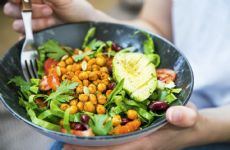
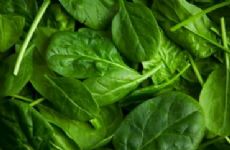

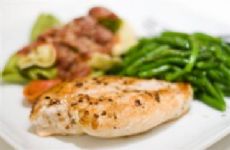
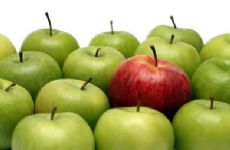
.JPG)









